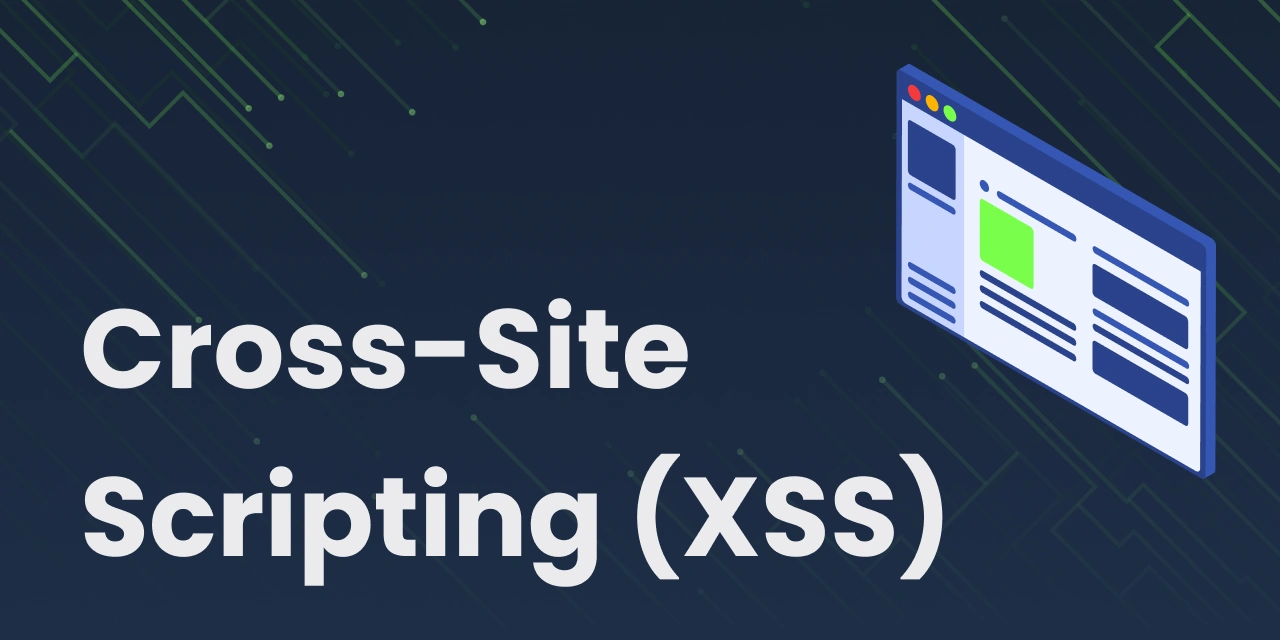Cross-site Scripting (XSS)

What You Will Learn About XSS Attacks
The "Cross-Site Scripting (XSS)" training provides a comprehensive understanding of XSS attacks, which are commonly seen in web applications and pose significant security risks, and how to protect against them. The training begins with an explanation of what XSS is and why it is dangerous, and then focuses on different types of XSS, such as Reflected, Stored, DOM, and Blind XSS.
Who is this training for?
- Web Developers who want to build secure applications and prevent XSS vulnerabilities.
- Penetration Testers looking to sharpen their web exploitation skills.
- Cybersecurity Analysts who need to understand how XSS attacks work to better detect them.
- Quality Assurance Engineers who are responsible for testing application security.
Prerequisites
- A basic understanding of HTML, JavaScript, and how websites work. We recommend our Web Fundamentals training for beginners.
- Familiarity with intercepting web traffic is helpful. Consider reviewing the Using Burp Suite training.
Tools You Will Use
While this training focuses on manual detection and exploitation, the concepts learned are applicable to many industry-standard tools, including:
- Burp Suite
- OWASP ZAP
- Various XSS scanner tools and browser extensions.
Frequently Asked Questions (FAQ)
What is the most dangerous type of XSS?
While all XSS is dangerous, Stored XSS is often considered the most critical. Because the malicious script is permanently stored on the server, it can impact every user who visits the affected page, leading to widespread attacks without requiring any user interaction beyond visiting the page.
How is DOM-based XSS different from Reflected or Stored XSS?
The key difference is where the vulnerability lies. In Reflected and Stored XSS, the vulnerability is in the server-side code that improperly handles user input. In DOM-based XSS, the vulnerability is entirely on the client-side, within the page's JavaScript code that unsafely manipulates the Document Object Model (DOM) with user-controllable data.
Can a Content Security Policy (CSP) completely prevent XSS?
A well-configured CSP is a powerful defense-in-depth measure that can significantly mitigate the risk and impact of XSS attacks. However, it is not a silver bullet. A misconfigured CSP can be bypassed, and it should be used as part of a multi-layered security approach that includes secure coding practices like input validation and output encoding.
Training Sections
- Introduction
- Reflected XSS
- Stored XSS
- DOM-based XSS
- Blind XSS
- Common XSS Payload List
- Session Hijacking Attack
- XSS Vulnerability Scanning Tools
- Exam